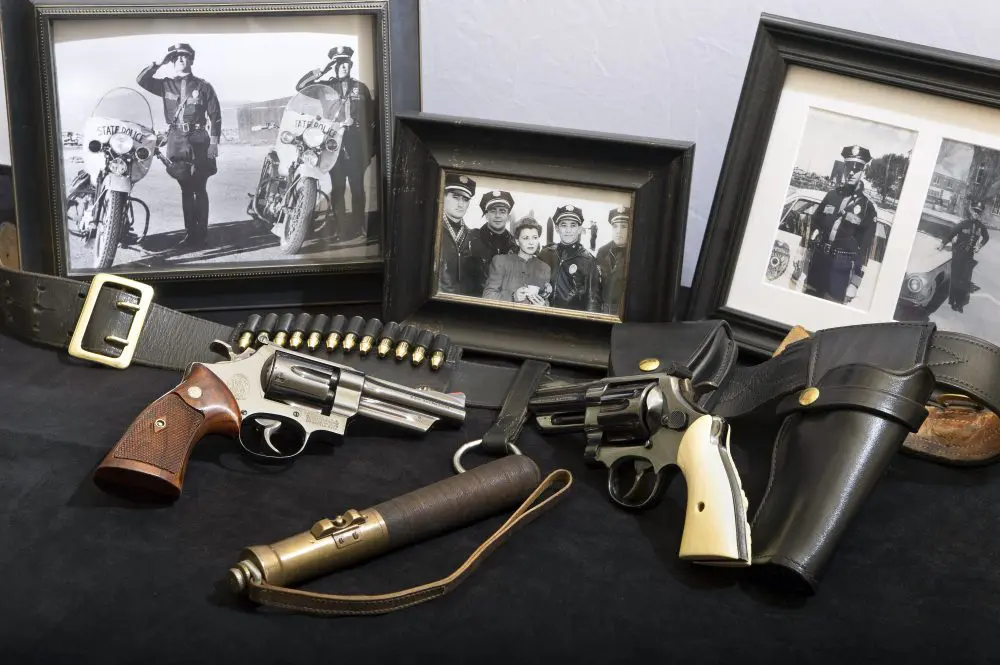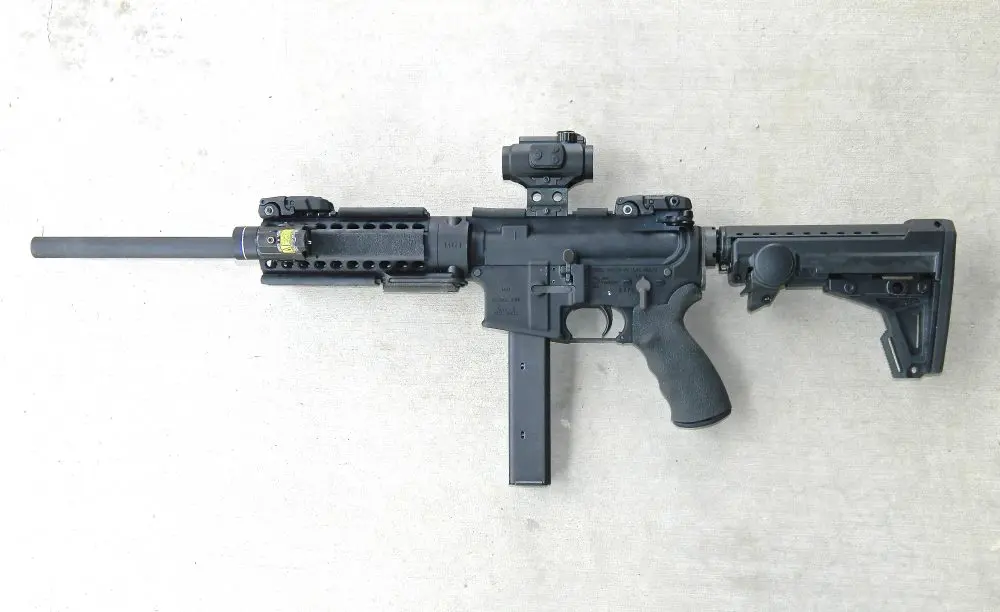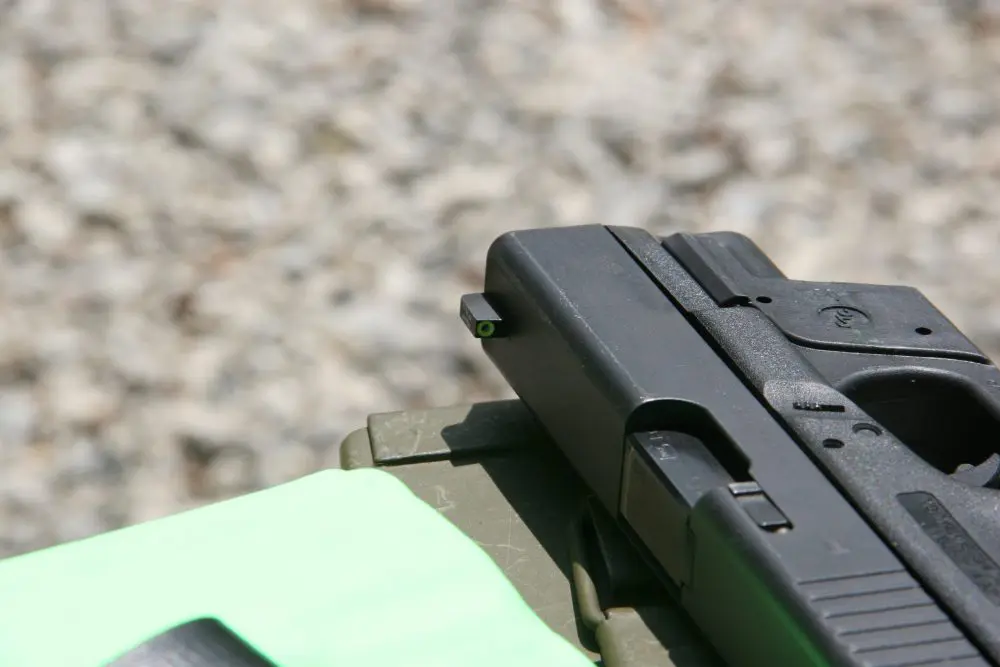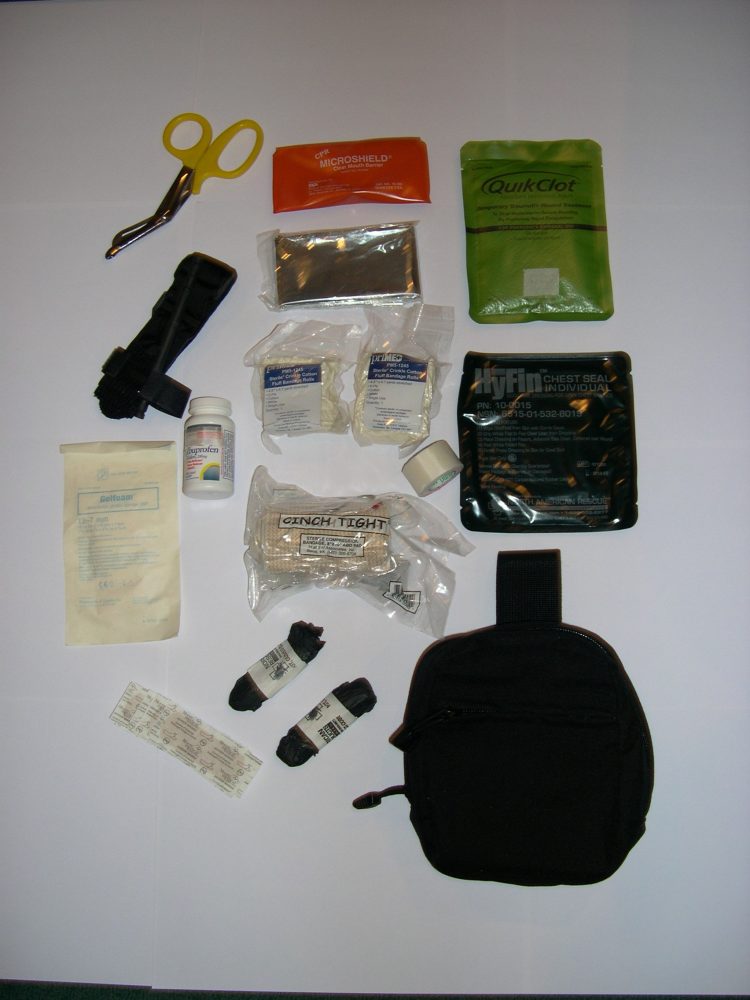
Street-savvy S.W.A.T. readers long ago faced up to one of the harsh realities of life in today’s America: we can’t just dial 911 and expect that someone will come and save us. We must be responsible for our own well-being. When we engage in combat—either due to occupation or by chance—we are at risk of being injured. During the fight, these injuries should not distract us from our primary goal of winning. However, they may require immediate self-treatment afterward to prevent death.
While being healthy and in good shape will increase our chances of survival, it is no guarantee. Shawn Taylor of the Washington Redskins died from blood loss after receiving a single gunshot wound to the leg during a robbery of his home. While SWAT officers may have a designated tactical EMT or paramedic, the patrol officer may have to treat his own injuries until backup arrives.
Each officer can carry a personal medical kit with the equipment necessary to prevent death from the most common life-threatening injuries encountered in combat. This kit can either be worn on the belt or carried in a pocket of a BDU. The location and content of the kit can be standardized throughout the agency.
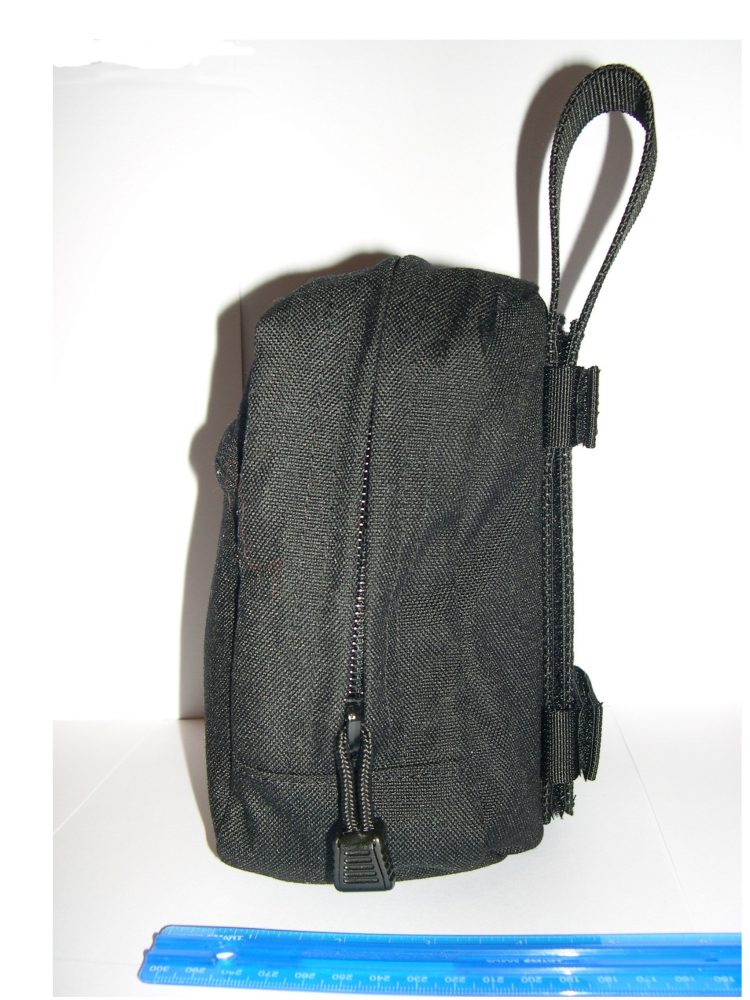
Penetrating trauma (i.e., gunshot and stab wounds) can quickly become deadly. Blood loss from an extremity is the number one preventable cause of death in combat at 60%. The second is tension pneumothorax at 33%. Death from severe blood loss can occur very rapidly. The average response time for an ambulance in the city of New York is approximately six and a half minutes—in rural areas the response time may be much longer.
Penetrating trauma to the chest wall can cause a sucking chest wound. This type of wound interferes with the normal process of respiration and can lead to a tension pneumothorax, which can quickly become fatal. Normally when we breathe in, the pressure in our chest lowers and air enters through our nose or mouth. When we breathe out, this process is reversed. In the case of a sucking chest wound, air enters and exits through the hole in the chest wall.
A personal medical kit is a first aid kit that contains the items to treat the above injuries. It is small enough to be kept with us at all times, on or off duty, thus allowing us to render care to ourselves, our partner or loved ones, immediately after the fight.
A personal medical kit should contain a few pairs of nitrile or latex gloves, sterile dressings, pressure dressings, occlusive dressings, hemostatic dressings, tourniquets, sterile saline eyewash, medical tape and a pocket face mask (a device that acts as a barrier when performing CPR).
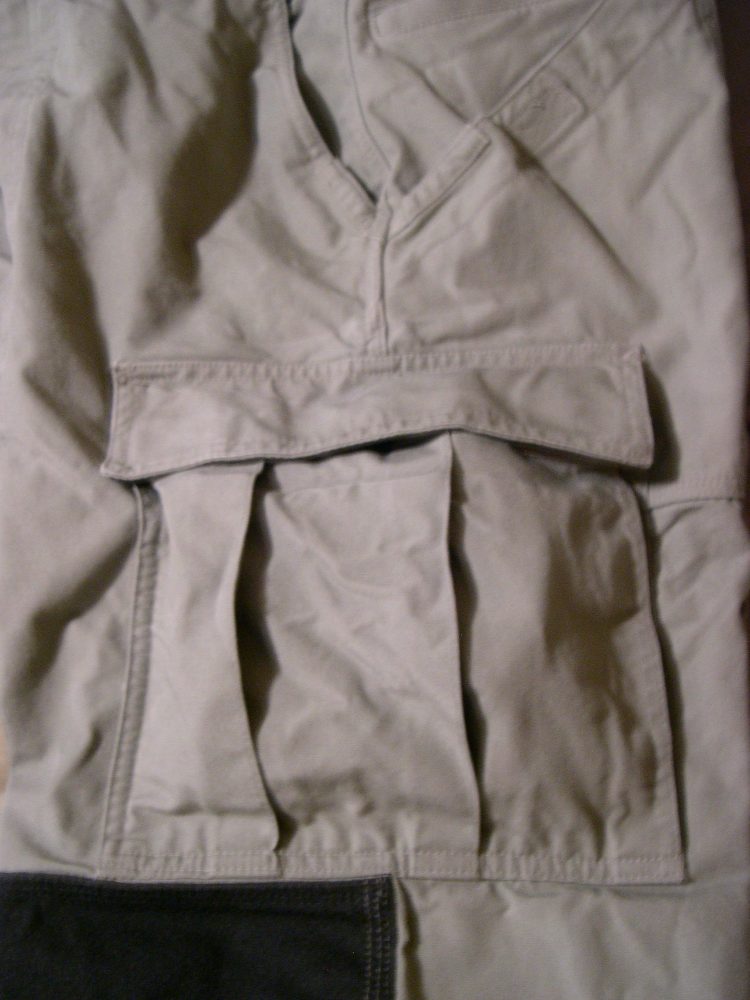
In an emergency, some of these can be improvised from common items. Any clean cloth can be used in place of a sterile dressing to help control bleeding. An occlusive dressing can be improvised using anything that is flexible and non-porous, and some tape. For example, you could tape part of your potato chip bag over the wound. In addition to washing dirt and caustic substances out of your eyes, the eyewash could also be used to cool burns and irrigate wounds. Tourniquets can be made from a loop of cloth or belt and a stick.
When traveling to areas where immediate medical care is not available, other basic first aid items should be added to the kit. Some pain medications (acetaminophen or ibuprofen) to treat mild to moderate pain, an antihistamine (diphenhydramine) is helpful for treating allergic reactions, and a topical antibiotic ointment (bacitracin or triple antibiotic ointment) to help prevent infection in minor cuts and burns.
While we invest in training in combat arts, we should also invest in first aid training. This will increase our chances of surviving violent encounters. A basic first aid, certified first responder (CFR), or emergency medical technician (EMT) class is highly recommended. These classes will teach you how to care for common emergencies such as bleeding, fractures and burns. Bleeding is controlled through the use of direct pressure, elevation of the injured area, pressure points, hemostatic dressings or tourniquets. Sucking chest wounds can be treated through the use of occlusive dressings. These are dressings that prevent the passage of air through the wound. The emergent treatment of these injuries can be easily accomplished using a few items that we can have with us at all times.

Just as you cannot learn how to use a firearm for self-defense by reading an article, neither can you learn to the use the proper tools or learn the techniques necessary to save a life. Having a personal med kit with you is useless if you don’t know how to use the contents. Seek out training and be prepared for the possibility of having to treat a life threatening injury.
[Paul S. Shubinsky is a Certified Emergency Nurse. He has worked in the field of Emergency Medical Services in New York City for the past 18 years. He spent several years working as an EMT and has worked as a registered nurse in Level One Trauma Centers for the past 15 years. He is also involved in martial arts, close protection and defensive tactics training.]

